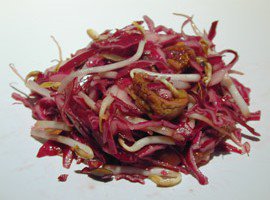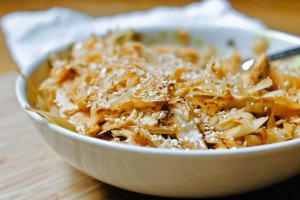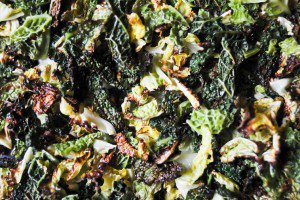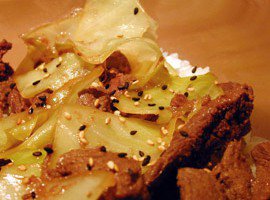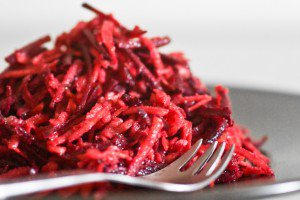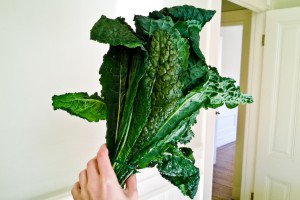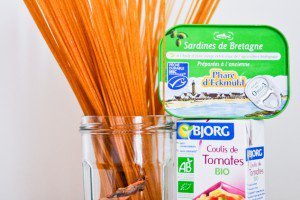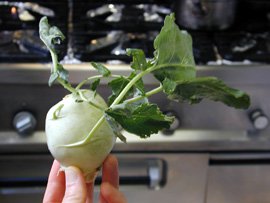
Le chou-rave — in English kohlrabi or cabbage turnip — is my greatest vegetable discovery for this winter. Although its name would indicate that it is a root vegetable (“rave” means “root”, as in betterave [beetroot] or celeri-rave [celeryroot]) it is in fact a surface vegetable that belongs to the cabbage family. It is also exceptionally rich in vitamins and nutrients.
I first spotted it in the display of my favorite produce stall at the market, and was initially drawn to it because of its interesting look — a plump pastel green body with graceful little arms shooting up from all sides and twirling around, ending in large green leaves. I asked the stall keeper about them, the one who’s so pretty and has a smile so fresh you would swear she just hopped right out of the salad crates, the one who’s always glad to advise about cooking methods and recipes (I usually pretend I’m not quite ready until she’s available to take my order).
She explained that the greens are edible and can be used like parsley, while the best use for the body is to peel it, slice it thinly, and eat the slices raw with a little fleur de sel sprinkled on top. This came as a surprise, it sounded like such a summery use for what I had imagined to be a root vegetable, destined for boiling and stewing and roasting (all methods you could also apply to our friend the chou-rave).
I promptly tried this at home and from then on became a die-hard fan of raw chou-rave. The flesh is crunchy like a radish but it has none of the radish’s peppery bite, and its flavor is sweet and subtly nutty. The slices are moist enough that you can press them gently onto a little pile of salt so a few flakes will stick, a beautifully complement in terms of taste and texture.
But my personal preference, for a tasty and healthy appetizer, is to match it with spirulina gomasio — my greatest condiment discovery for this winter.



